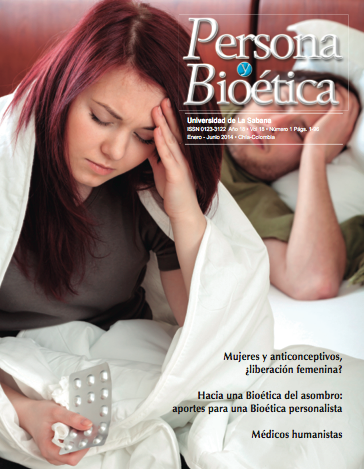Biolaw in the Mexican Context
Keywords:
Ethics, medical, bioethics, life, Mexico, biotechnologyAbstract
Bioethics has gained academic independence and social outreach by addressing the ethical issues related to the origin and end of human life, and the ethical requirements derived from the protection of human life.
The fundamental value of life dictates its inalienability and sacredness. The right to life is the first and most fundamental (without being absolute), because without it all others (including the right to freedom) are nonexistent. Respect for life and its defense and promotion, be it the life of another or one´s own, represent an important ethical imperative of the human being that always must be respected. That respect for life is understood as applicable to all its stages, from the moment of conception (fertilization) to the final moment (total brain death). Its impact on the law poses specific requirements concerning the embryo, stem cells, surrogate motherhood and the like.
The concept of biolaw is not recognized in Mexico. The country’s bar associations have yet to adopt it and, consequently, its scope within the country leaves much to be desired. The emergence of biolaw is, therefore, a necessity, as it is the branch of law that is responsible for the protection of life from its beginning to its natural end, with unwavering respect for human dignity. This article addresses biolaw in the Mexican context, its definition, the legal gaps concerning personalist bioethics, how it relates to branches of public and private law, as well as various means of defense and the institutions for social security.
The article concludes that biolaw is necessary and should not be urged forward by an anti -bio- policy instrument that serves to convert certain ethically questionable practices into socially normal ones. It maintains that biopower should be regulated, as is one of its effects: medical research in humans.
Downloads
Published
How to Cite
Issue
Section
License
Authors who publish with this journal agree to the following terms:
This journal and its papers are published with the Creative Commons License Attribution-NonCommercial-NoDerivatives 4.0 International (CC BY-NC-ND 4.0). You are free to share copy and redistribute the material in any medium or format if you: give appropriate credit, provide a link to the license, and indicate if changes were made; don’t use our material for commercial purposes; don’t remix, transform, or build upon the material.





